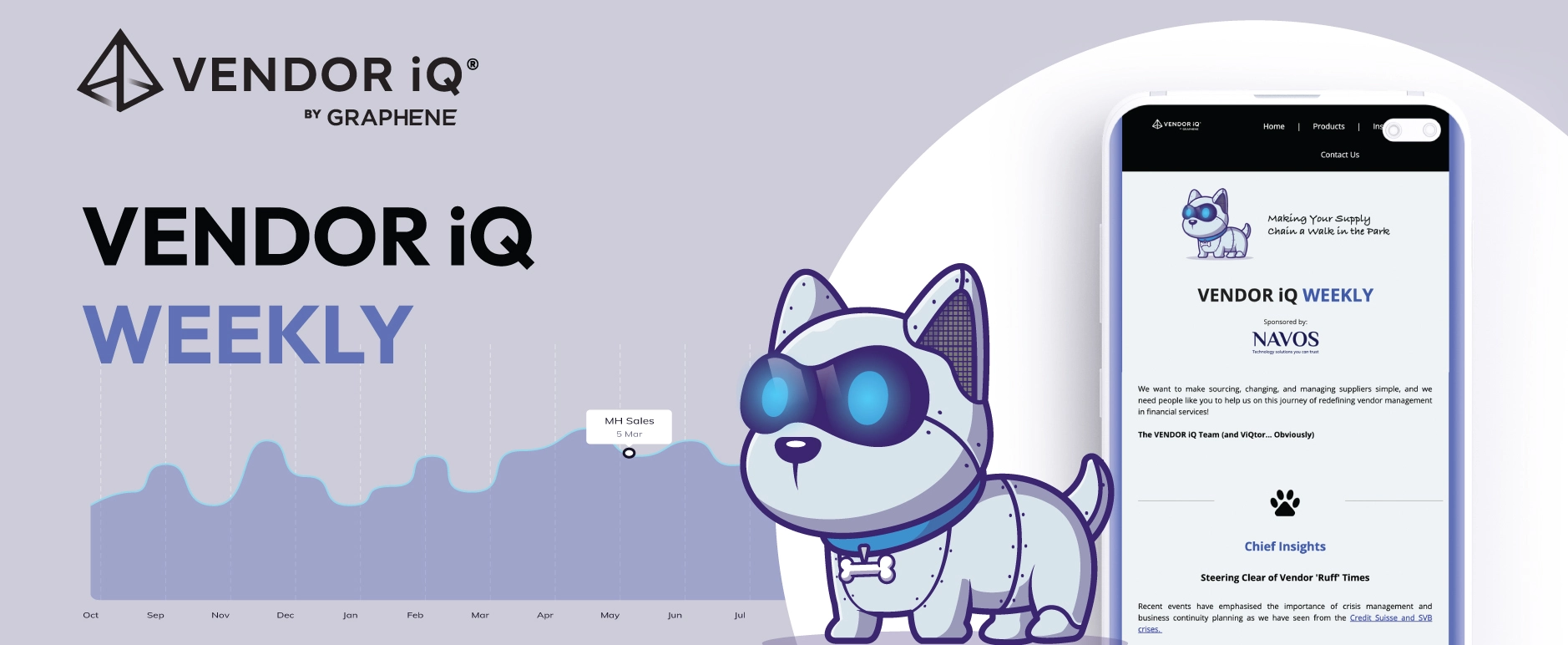From Digital Transformation to Digital Defence: Financial Services at Risk
In the journey towards digital transformation, financial services are stepping into an increasingly risky territory, facing heightened exposure to cybercriminals. As they dive deeper into the digital world to unlock new market opportunities, they also step onto a battleground filled with cyber threats equipped with sophisticated disruption tools.
The Alarming Rise of Cyber Threats
Consider the orchestrated chaos of the attack on Banco de Chile, where cyber attackers first deployed a virus to cripple the bank’s systems, followed by a separate assault that siphoned off $10 million using the SWIFT payment network. Or the Carbanak/Cobalt onslaught, a more advanced cyber heist, meticulously crafted over years to inflate bank account balances for electronic transfers and coordinate cash dispensing from ATMs at predetermined times.
These incidents highlight a grim reality: financial institutions, with their vast digital footprints, are among the most susceptible to cyber threats. This vulnerability is not merely about the technical defences in place but also involves the intricate web of supply chains and third-party vendors that underpin the financial sector.
Strengthening Our Cyber Defenses
To combat these threats, the financial sector is now bolstering its cyber defenses with advanced technologies like artificial intelligence, including deep learning and unsupervised machine learning algorithms, to create new barriers against these cyber threats.
But technology alone isn’t enough. The financial ecosystem’s complexity demands a nuanced approach to cyber resilience, emphasising the need to closely monitor supply chains and third-party relationships, which are often the weakest links in cyber security.
Beyond Tech: A Comprehensive Approach to Cybersecurity
Financial institutions need a strategy that goes beyond just technological solutions. They must closely examine their supply chains and partnerships, ensuring all entities they interact with are also secure against cyber threats. This is a monumental task that involves not only protecting data and systems but also making sure that partners and vendors are equally secure.
Looking Ahead: The Future of Financial Cybersecurity
As we look to the future, one thing is certain: the fight against cyber threats will continue to evolve. Financial services must stay alert, constantly updating their defense strategies to address new and more sophisticated threats. This means a commitment to innovation, collaboration, and adopting new technologies that can strengthen their defensive stance.
Ultimately, the goal is to create an environment where cybersecurity is integrated into every facet of financial services. This isn’t just a technical challenge but a strategic necessity that requires a united effort across the sector. Despite the challenges, with concerted effort and a relentless focus on security, the financial services industry can confidently navigate the digital age, ensuring resilience and security for all.





